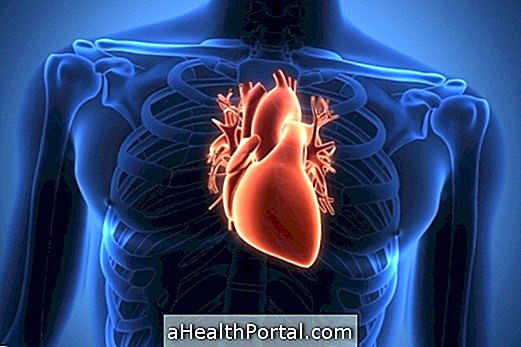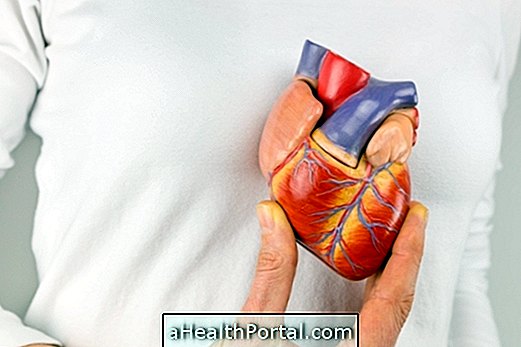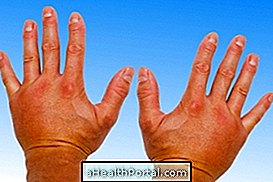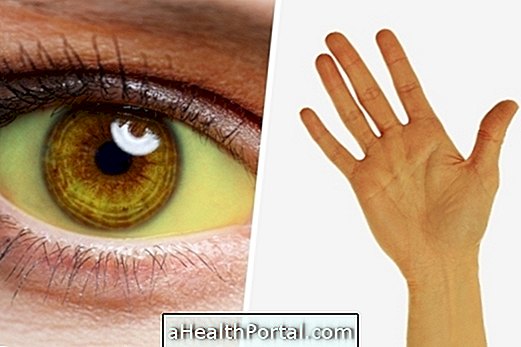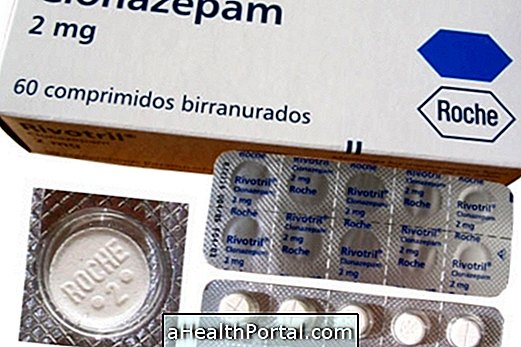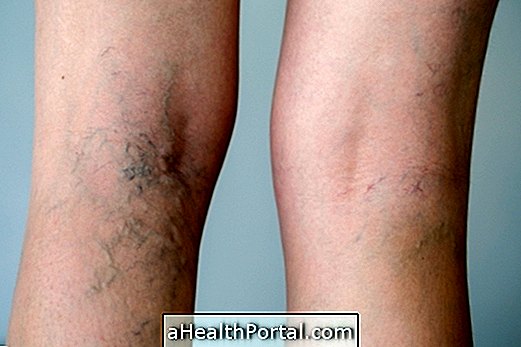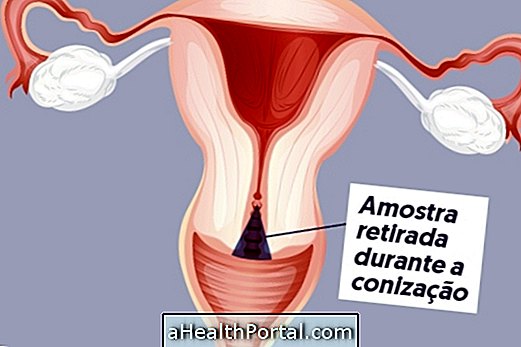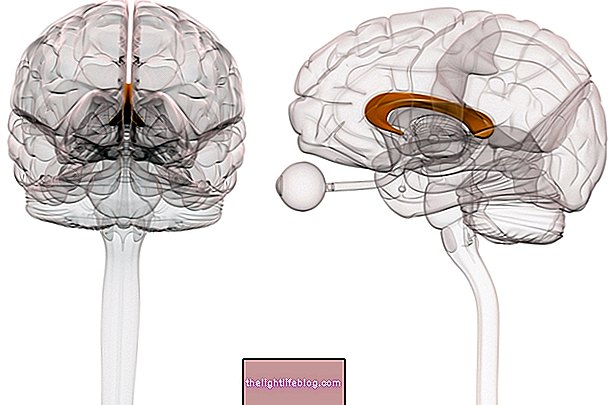The causes of atherosclerosis, which is the accumulation of fat plaques inside the arteries, include poor diet, high fat and low in vegetables, and sedentary lifestyle, but other habits also influence such as smoking and genetics.
Atherosclerosis happens because as you age, the arteries naturally start to get harder and narrower, and the blood has more difficulty to pass. The accumulation of fat further narrows the canal, decreasing blood flow and increasing blood pressure, which can have serious consequences such as stroke or stroke. The main causes of atherosclerosis are:
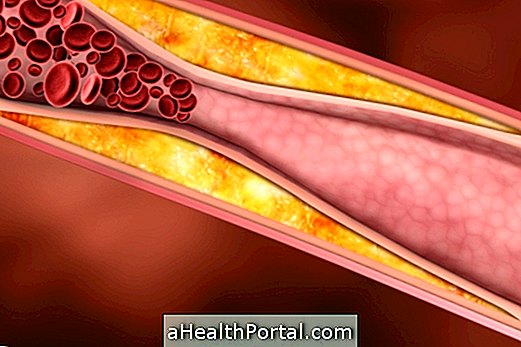
1. Fat-rich diet and cholesterol
Intake of high-fat foods like cakes, biscuits, processed or processed foods, for example, raises bad cholesterol levels in the blood, which can accumulate in the walls of the arteries, causing atherosclerosis.
The deposition of fat inside the arteries over time may decrease or completely block the passage of blood and may cause stroke or infarction.
Lack of regular exercise, obesity and excessive alcohol intake can also raise bad cholesterol levels in the body, which can cause atherosclerosis.
2. Cigarette and alcohol
Smoking can damage the walls of the arteries, causing them to become narrower. In addition, smoking also decreases the blood's ability to carry oxygen to the body, which increases the chances of a clot forming.
Excessive alcohol intake can cause hypertension and increase blood cholesterol levels, increasing the risk of developing atherosclerosis.
3. High blood pressure and diabetes
High blood pressure is also one of the causes of atherosclerosis, because when the pressure is high, the arteries have to make a greater effort to pump blood, which causes the artery walls to start getting damaged.
Already the diabetes, can also damage the arteries, due to the excess of sugar in the blood.
4. Obesity and sedentary lifestyle
Being overweight or obese causes the individual to have a higher risk of developing atherosclerosis because the risk of developing high blood pressure, diabetes, or high cholesterol is greater.
The sedentary lifestyle also contributes to the appearance of atherosclerosis because the fat is more easily deposited inside the arteries.
5. Heredity
If there is a history of atherosclerosis in the family, there is a greater risk of developing atherosclerosis.
Atherosclerosis is more common in the elderly, especially males, and can reach any blood vessel. The most affected arteries are the coronary arteries, the aorta, the cerebral arteries and the arteries of the arms and legs.
Symptoms of atherosclerosis

Symptoms of atherosclerosis include:
- Chest discomfort, shortness of breath, and arrhythmia;
- Severe pain in arms and legs.
The diagnosis of atherosclerosis can be made through examinations such as cardiac catheterization and cardiac angiotomography, requested by the vascular surgeon, neurologist or cardiologist for the correct treatment. It is important to perform the treatment to prevent complications such as the aortic aneurysm. See if you are at risk: how do I know if I have an aortic aneurysm?
Treatment for atherosclerosis
Treatment for atherosclerosis depends on the severity of the disease, and may be done with lifestyle changes including exercise, control of eating, and use of medications to prevent vessel narrowing.
In more severe cases, the doctor may indicate surgery to clear the blood vessels. Learn more about Treatment for Atherosclerosis.
Avoiding the use of cigarettes and acquiring healthy habits like exercise, balanced eating, blood pressure control are some good tips for prevention and control of atherosclerosis.

